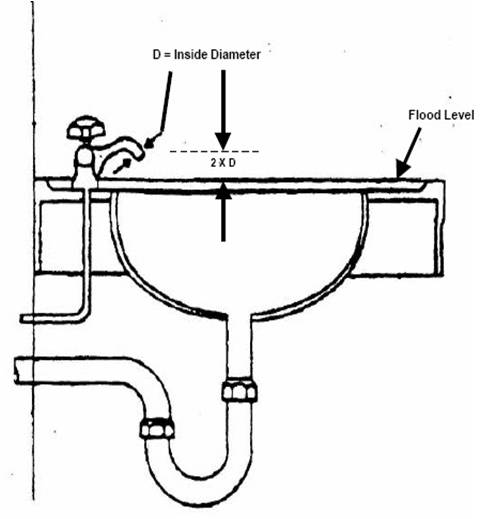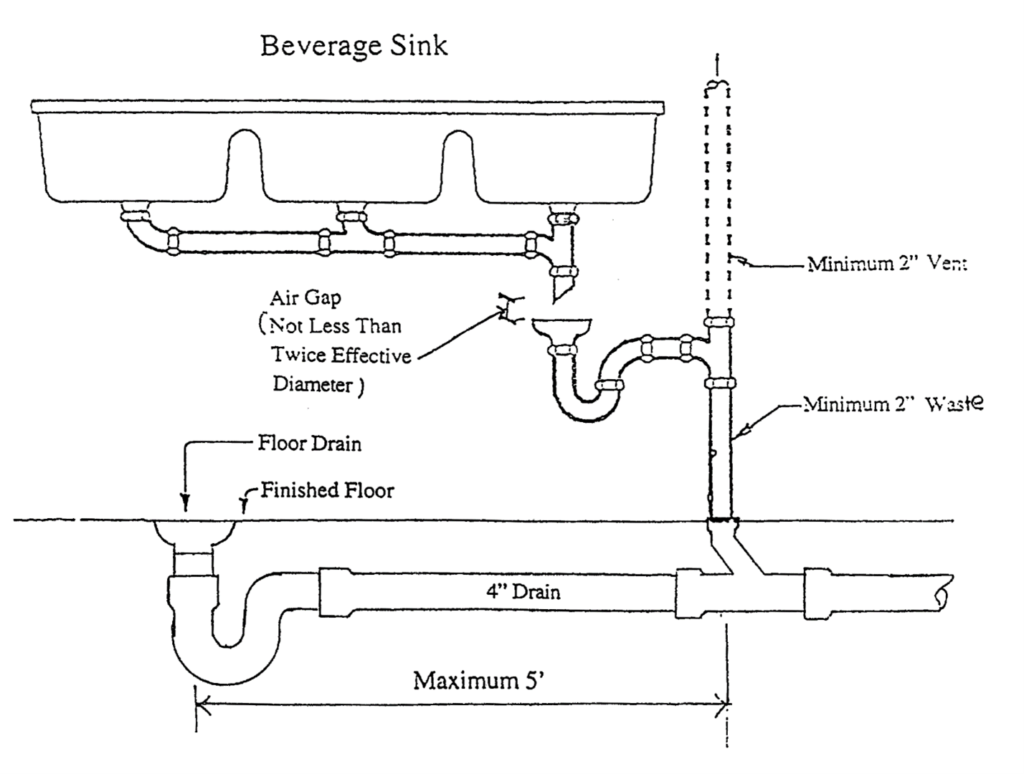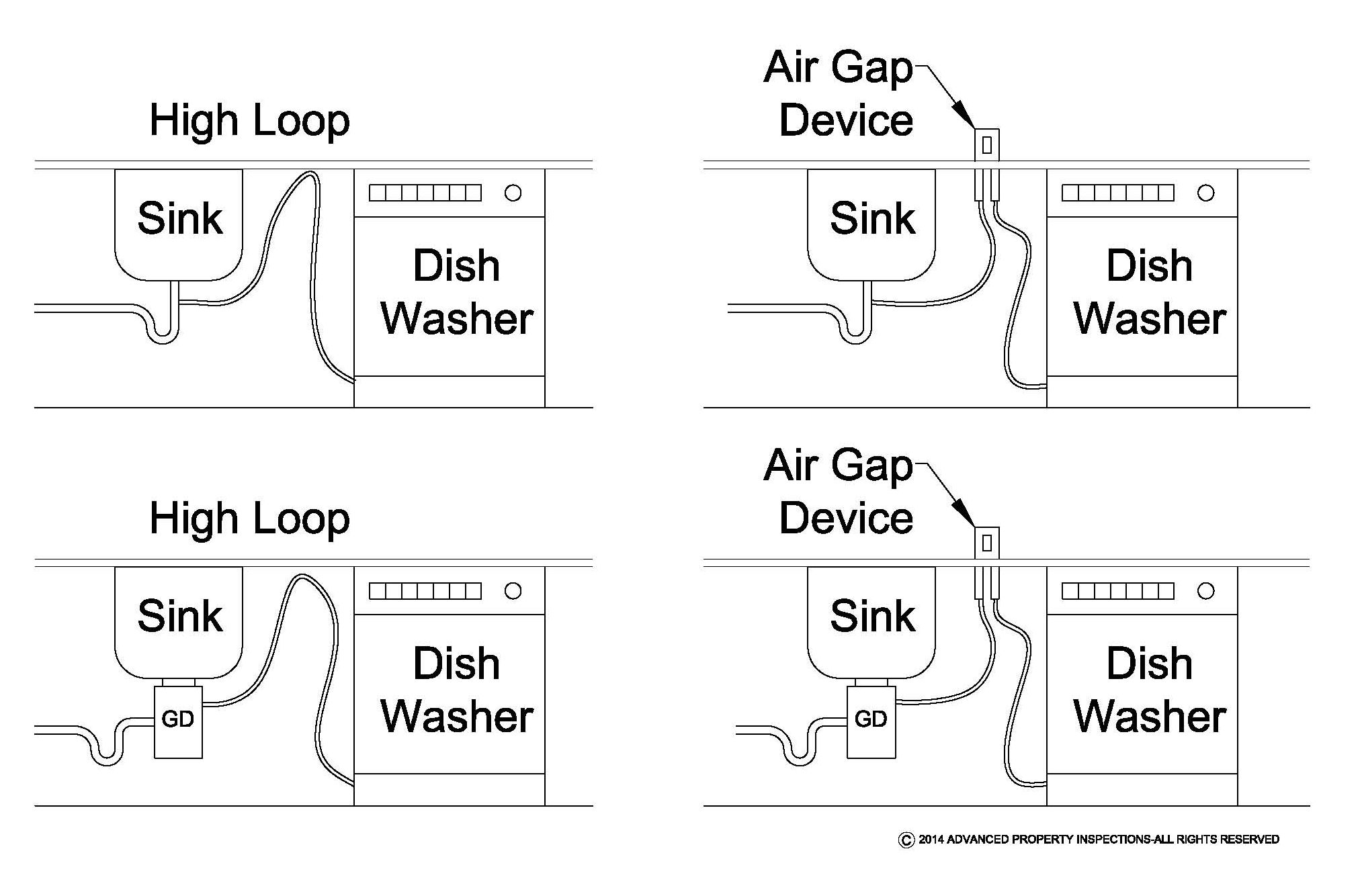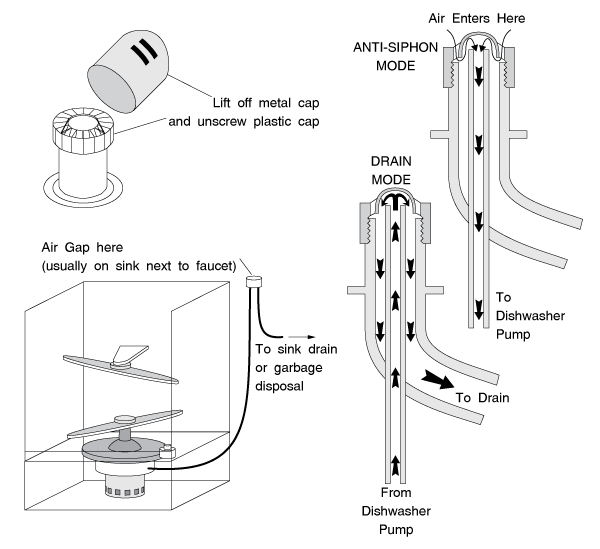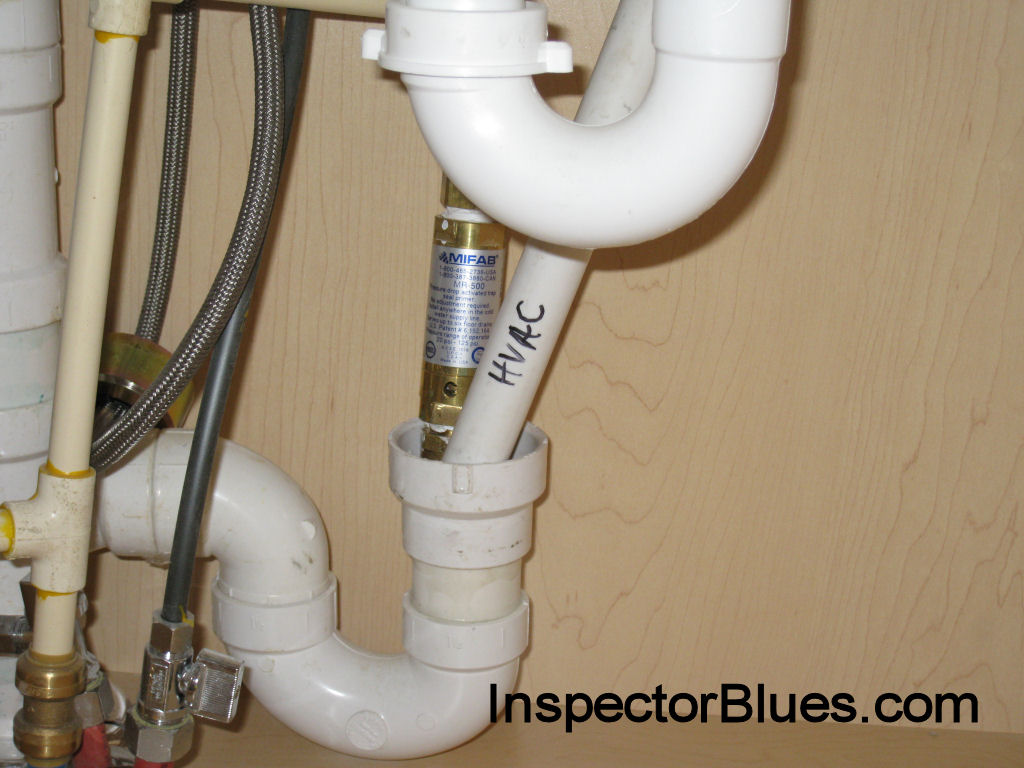Air Gap Vs Air Break Plumbing

Water contamination is a critical threat demanding immediate attention. Understanding the subtle yet crucial differences between air gaps and air breaks in plumbing is paramount for preventing backflow and safeguarding public health.
This article provides a concise overview of air gaps and air breaks, detailing their functions, applications, and why choosing the right one can be the difference between clean water and a potential health hazard.
Air Gaps: The Ultimate Backflow Preventer
An air gap is the unobstructed vertical distance through open air between the water outlet and the flood rim of the fixture or receptacle. This is the gold standard for backflow prevention, offering absolute protection against back-siphonage and backpressure.
Imagine a faucet positioned well above a sink; the open space ensures that even if the sink overflows and creates backpressure, contaminated water cannot be siphoned back into the potable water supply. This definitive separation is what makes the air gap so reliable.
Air gaps are typically found in dishwashers, ice machines, and commercial kitchens where the risk of contamination is high. Their use is often mandated by plumbing codes in situations where a backflow incident could have severe consequences.
Key Features of Air Gaps:
- Physical separation: Complete isolation of the potable water supply.
- Unobstructed path: No mechanical parts to fail.
- Maximum protection: Prevents both back-siphonage and backpressure.
Air Breaks: A Simpler, Yet Less Robust Solution
An air break, unlike an air gap, does not involve a complete physical separation. Instead, it's a piping arrangement where the drain line from a fixture discharges indirectly into a receptor (like a floor drain) with an opening to the atmosphere.
Think of a washing machine drain hose inserted into a standpipe; the space around the hose and the standpipe opening constitutes the air break. It's designed to prevent back-siphonage, but its effectiveness against backpressure is limited.
Air breaks are commonly found in residential plumbing systems, serving washing machines, sinks, and other fixtures where the risk of backpressure is considered relatively low. They're a more cost-effective and space-saving solution than air gaps.
Key Features of Air Breaks:
- Indirect connection: Wastewater discharges indirectly into a drain.
- Atmospheric opening: Allows air to enter the system and prevent back-siphonage.
- Limited backpressure protection: Less effective than an air gap in high-risk situations.
Air Gap vs. Air Break: Choosing the Right Protection
The key difference lies in the level of protection offered. Air gaps provide absolute backflow prevention due to their complete physical separation, while air breaks offer protection primarily against back-siphonage.
Consider the potential risks. In a hospital or food processing plant, where contaminated water could lead to widespread illness, air gaps are essential. In a residential setting, air breaks may suffice for certain applications.
Plumbing codes dictate where each type of backflow preventer is required. Consulting with a licensed plumber is crucial to ensure compliance and adequate protection for your specific situation.
Consequences of Incorrect Installation
Using an air break where an air gap is required can have dire consequences. Backflow can contaminate the potable water supply, leading to waterborne illnesses and health crises.
Similarly, improper installation of either device can render them ineffective. Ensuring the correct height and unobstructed path are critical for both air gaps and air breaks to function as intended.
Regular inspections and maintenance are vital to confirm the integrity of these systems. Ignoring these preventative measures puts public health at risk.
The Ongoing Need for Vigilance
The fight against water contamination is ongoing. As new technologies emerge and plumbing systems evolve, staying informed about best practices for backflow prevention is paramount.
Plumbers, building inspectors, and homeowners must work together to ensure that air gaps and air breaks are correctly installed and maintained. Education and awareness are crucial weapons in this battle.
Contacting your local plumbing authority or a certified plumbing inspector is the next step to ensure your water systems are adequately protected. Don't delay; the health and safety of your community depend on it.






